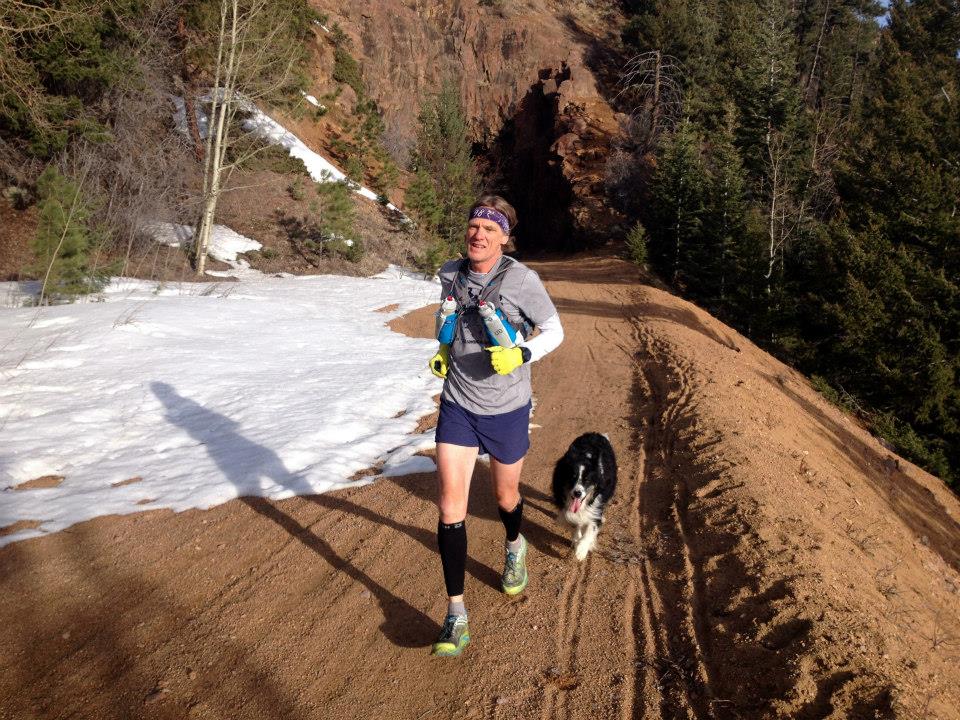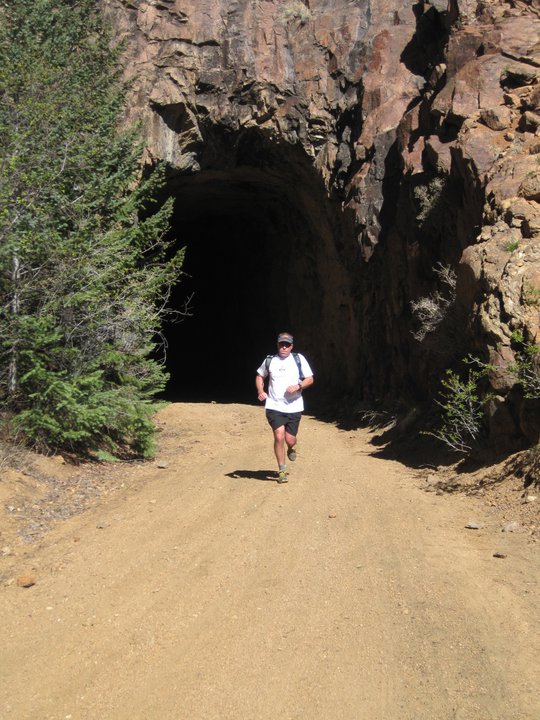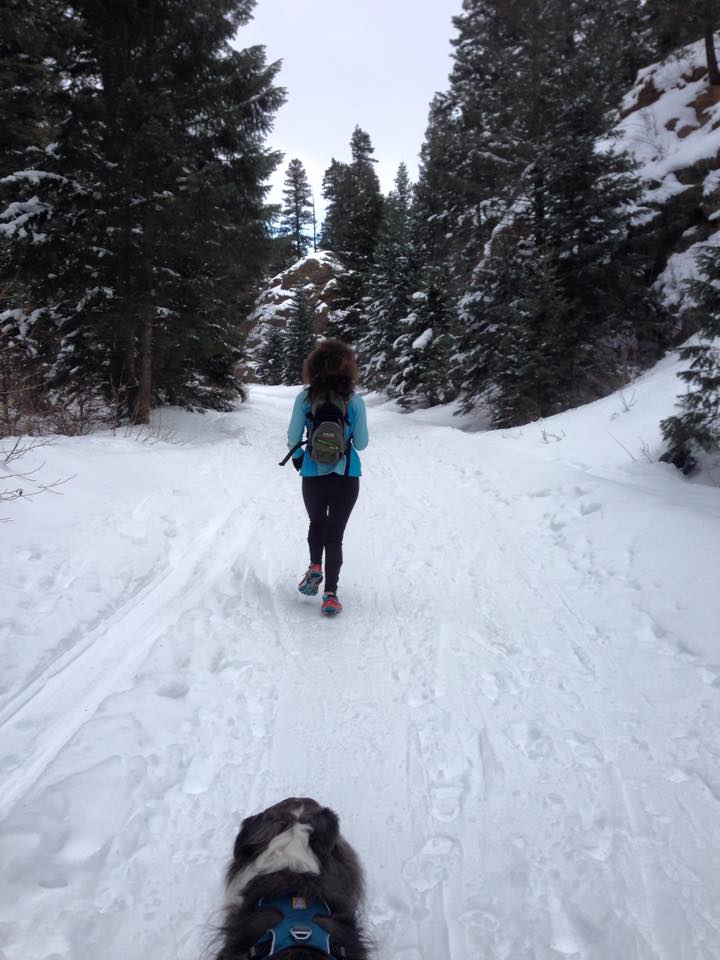In a previous blog post, we learned what an ultramarathon is and why a runner might be drawn to attempt one. In this post, we will discuss proper training for an ultramarathon. Because ultramarathon distances range from 50k up to hundreds of miles, there is no one definitive way to train. Preparing for a 50k race is very different from preparing for a 50 mile or 100 mile race. We will take a look at what is required to get ready to toe the line at these popular distances. I recommend that all runners who are considering tackling ultra distances have a solid endurance base. Completing a few marathons prior to moving up in distance is a good idea. This allows the body to adapt to the increased training load that training for an ultra requires.
50 K
Training for a 50k is generally not much different from training for a marathon. The cornerstone of 50k preparation is the weekly long run. As with marathon training, 50k runners will typically want to run one long run per week, maxing out at a slightly longer distance than one would run to prepare for 26.2 miles. So, if you generally run a max of 20 miles in marathon prep, you might want to run in the 22-25 mile range for a 50 K. If the goal is to simply complete the 50 K distance, then a training program that incorporates four to five days per week of running, with one increasingly longer run is sufficient to get to the finish line. If the goal is finish within a specific time, then speed workouts are important, just as they would be in a marathon plan. Finally, if the race will take place on trails or on hilly terrain, it is crucial to incorporate hill workouts into the training plan.
50 mile
Preparing for a 50 mile race is quite different from training for a 50K. There has been much less scientific study on how to effectively train for longer distance ultras. Nevertheless, most ultrarunners fall into two camps: those who favor very long single runs and those who utilize back-to-back long runs. Some runners swear by doing a single long training run to prepare for 50 and 100 mile races. For 50s, that single training run could be as long as 35 to 40 miles. Other runners, myself included, favor back-to-back long runs. For my most recent 50 mile race, I worked myself up to the point where I was able to run 20 mile runs on consecutive days. Back-to-back long runs are a great way to mentally and physically train yourself to be able to keep running on tired legs. One of the benefits of the single long run might be extra recovery time following the long run.
Again, it is important to add in course-specific training. If the course will be hilly or extremely technical, make sure to add in runs that mimic course conditions. While some runners continue to do speed workouts on the track, as mileage increases it is important to be careful not to get injured. Don’t try to do too much speedwork while rapidly increasing the overall running mileage. For most people, the goal of a first 50 mile race should be just to finish. Remember that hill workouts are speed training in disguise.

100 mile
Training for a 100 mile race is vastly different from training for a 50 k or even a 50 mile. However, the principles are basically the same. Most ultrarunning coaches recommend back to back long runs for people who are training to run a 100 mile race. When I trained for my first 100, I ran 30 miles one day followed by 25 the next. When I trained for my second 100 mile race, I maxed out with back-to-back marathons. Though I ran fewer miles as I trained for my second 100 mile race, I trained smarter the second time around. I spent more time running on trails that mimicked what I would find in the mountains surrounding Bryce Canyon. Some runners use a 50 mile race as a tune-up training run in the weeks leading up to their goal 100. Again, this is an individual matter of preference. Some people feel that it helps to build their confidence, while others feel that they take too long to recover after running 50 miles to incorporate races of that distance effectively as part of their training. Hills should be an integral part of training for any 100 mile race because they help build strength in the legs.
While I often focus on mileage in my own training, many runners look at time on their feet instead. Those runners may plan to run for a certain number of hours instead of for a certain number of miles. Ruth Gentry explains, “I may have a goal of 25 to 30 miles, but I don’t focus on that. I just go for a long day on the trails, so maybe a 7 to 8 hour run.” Matt Randle adds, “I am a big believer in time on your feet training. So, I typically train five days a week when training for ultras, with medium miles during the week and back to back longer miles on Saturday and Sunday.”
Preparing for the terrain you will run on is very important. If the race will be on a rocky or technical trail, find a rocky or technical trail to train on. No matter how well you train, you will become tired. If your goal race is on technical terrain and you have not practiced on that kind of terrain in training, you will be more likely to get injured. If your ultra will take place on the roads, practice running on the roads to toughen up your legs.
As with marathon training, getting adequate rest is a critical part of any ultramarathon training program. Many coaches and experienced runners recommend taking two days of rest per week as the mileage increases. Taking a day of rest both the day before and the day after back-to-back long runs is highly recommended.
For some runners, completing an ultramarathon is their ultimate goal. For runners who have a strong aerobic base, finishing an ultramarathon is a reasonable and attainable goal. By gradually working in increasingly longer runs, and/or back-to-back long runs, most runners can finish an ultramarathon. Remember that the key to ultramarathon success, as with any race distance, is to just keep moving forward.
Run your first or next ultramarathon for Project Purple’s Pioneer Program! Learn more here:
http://www.run4projectpurple.org/diy-pioneer-program/







